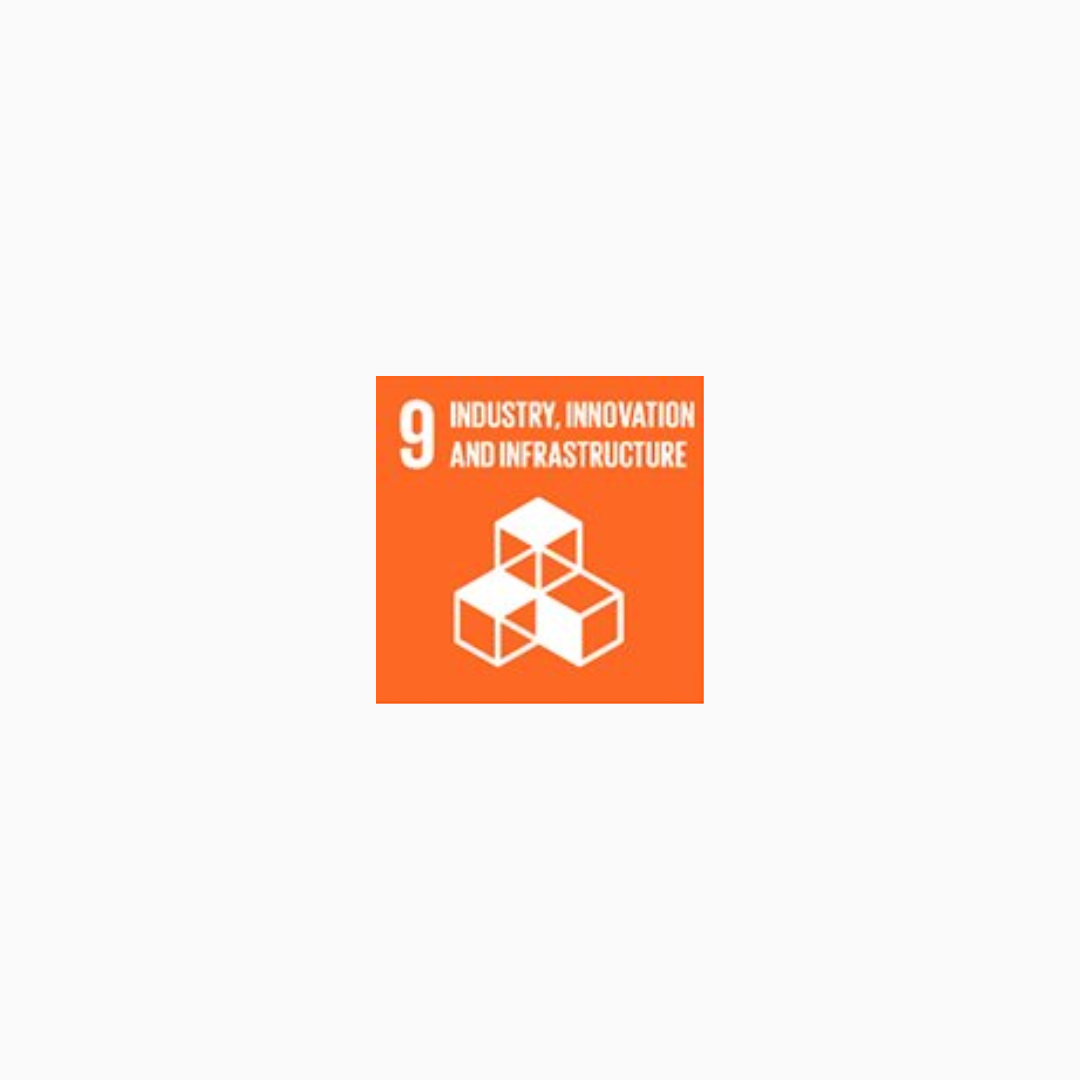BREEAM Infrastructure and the SDGs
The UN Sustainable Development Goals (SDGs) came into force at the start of 2016. The Sustainable Development Goals are 17 overarching sustainability that apply to all countries, with the aims of ending poverty, protecting the planet and ensuring prosperity for all by 2030 as part of a new sustainable development agenda. The SDGs cover key challenges including climate change, environmental degradation, and socio-economic issues including health and wellbeing, inequality, and justice. The ultimate aim is to realise a better, more sustainable world.
Alongside the wider family of BREEAM standards, BREEAM Infrastructure (formerly CEEQUAL) supports the SDGs, providing guidance and incentives for organisations to contribute to the Sustainable Development Goals. Indeed, as part of its mission to deliver better outcomes in infrastructure and engineering sustainability, BREEAM Infrastructure is well placed to provide strategic support to the SDGs and sustainable development agenda.
Goal 1: End poverty in all its forms everywhere
Target 1.4 By 2030, ensure that all men and women, in particular the poor and the vulnerable, have equal rights to economic resources, as well as access to basic services, ownership and control over land and other forms of property, inheritance, natural resources, appropriate new technology and financial services, including microfinance.
BREEAM Infrastructure issues ensure the provision of basic services.
Target 1.5 By 2030, build the resilience of the poor and those in vulnerable situations and reduce their exposure and vulnerability to climate-related extreme events and other economic, social and environmental shocks and disasters.
BREEAM Infrastructure issues help to improve resilience to natural disasters and extreme weather.
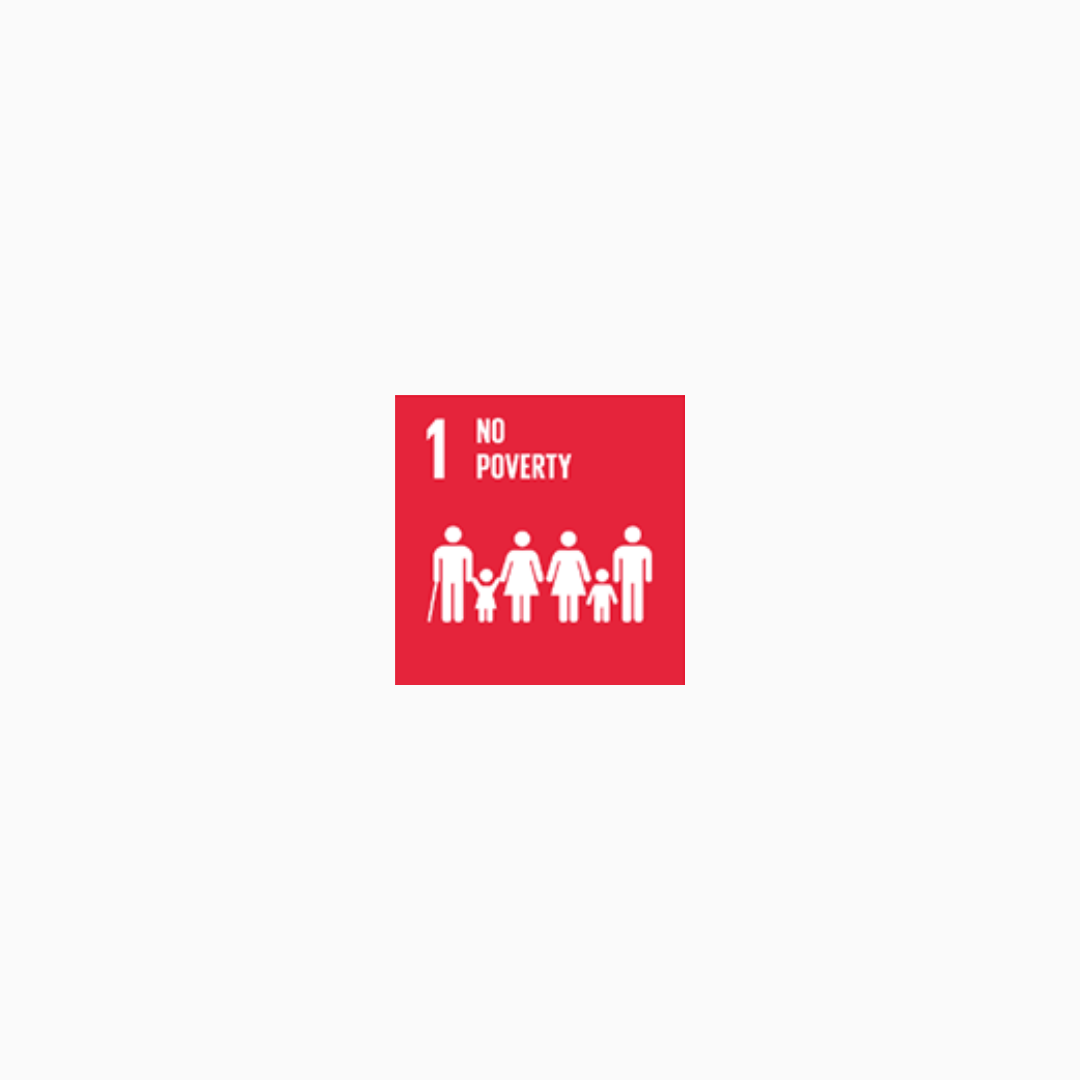
Goal 2: End hunger, achieve food security and improved nutrition and promote sustainable agriculture
Target 2.4 By 2030, ensure sustainable food production systems and implement resilient agricultural practices that increase productivity and production, that help maintain ecosystems, that strengthen capacity for adaptation to climate change, extreme weather, drought, flooding and other disasters and that progressively improve land and soil quality.
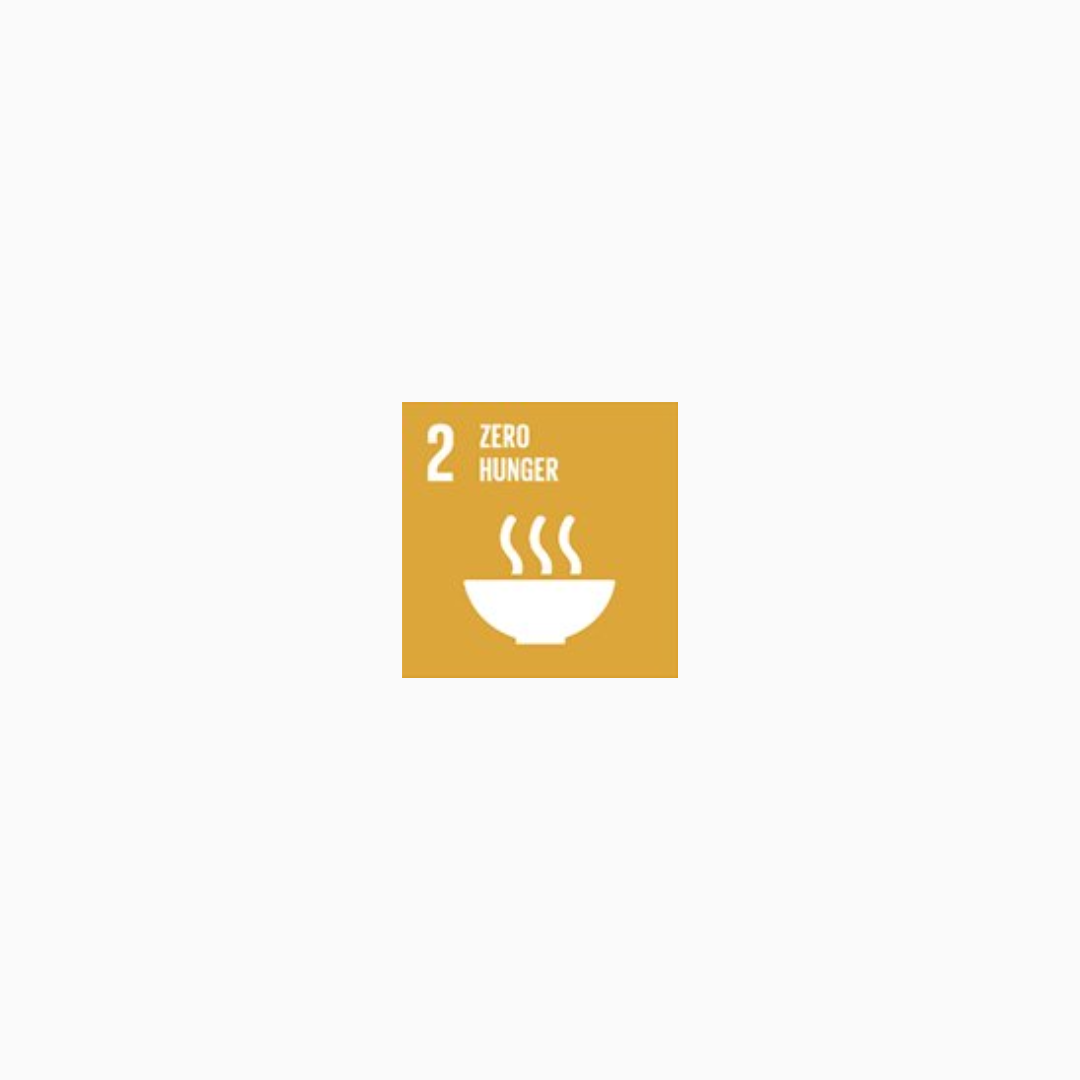
Goal 3: Ensure healthy lives and promote well-being for all at all ages
Target 3.4 By 2030, reduce by one third premature mortality from non-communicable diseases through prevention and treatment and promote mental health and well-being.
BREEAM Infrastructure issues mitigate the effects projects have on the surrounding environment helping to reduce the effects on peoples’ health and wellbeing.
Target 3.6 By 2020, halve the number of global deaths and injuries from road traffic accidents.
BREEAM Infrastructure schemes promote safe access for all potential users as well as responsible construction practices with regards to transport.
Target 3.9 By 2030, substantially reduce the number of deaths and illnesses from hazardous chemicals and air, water and soil pollution and contamination.
BREEAM Infrastructure issues mitigate a projects pollution contribution to the air and the surrounding environment from construction and operational practices.
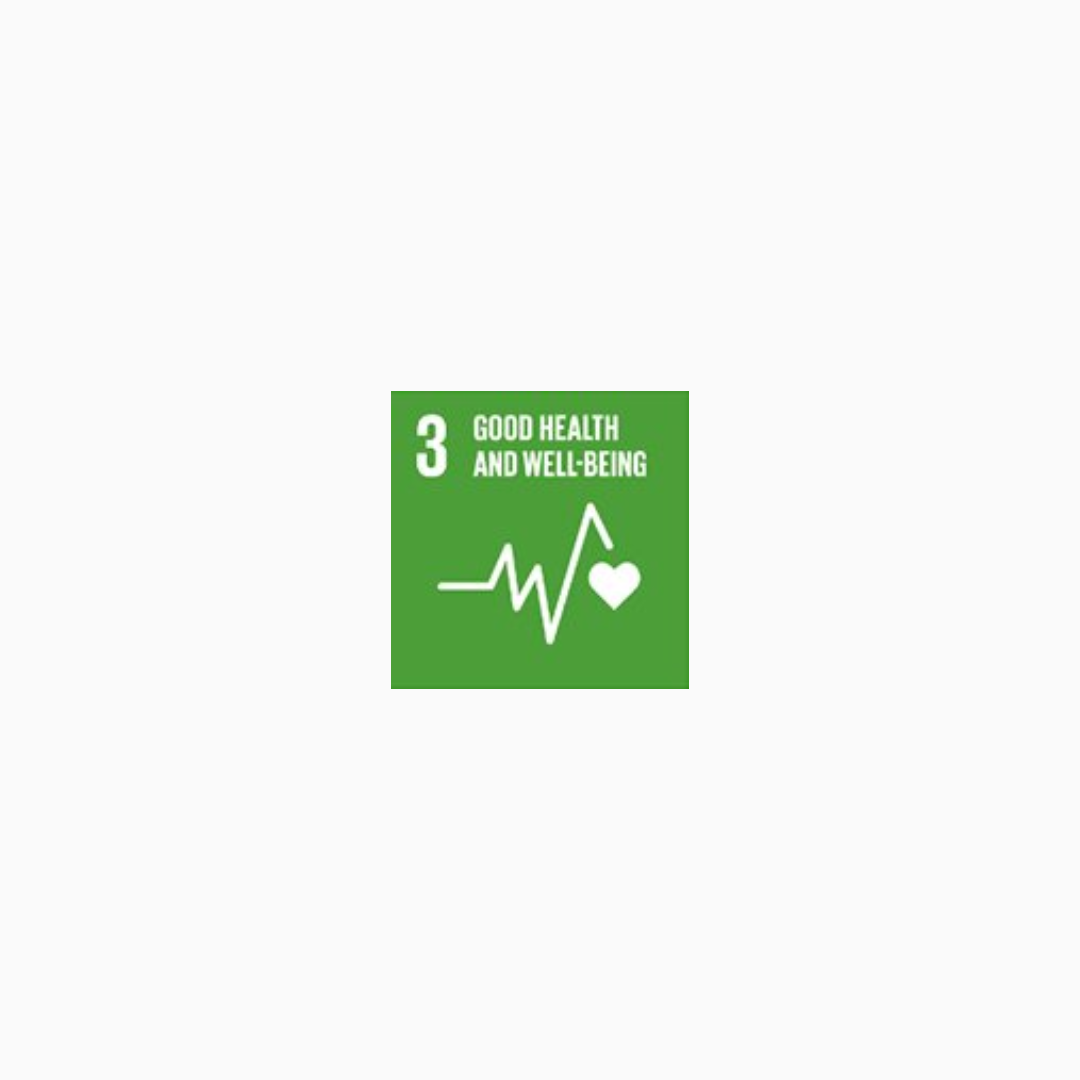
Goal 4: Ensure inclusive and quality education for all and promote lifelong learning
Target 4.a Build and upgrade education facilities that are child, disability and gender sensitive and provide safe, non-violent, inclusive and effective learning environments for all.
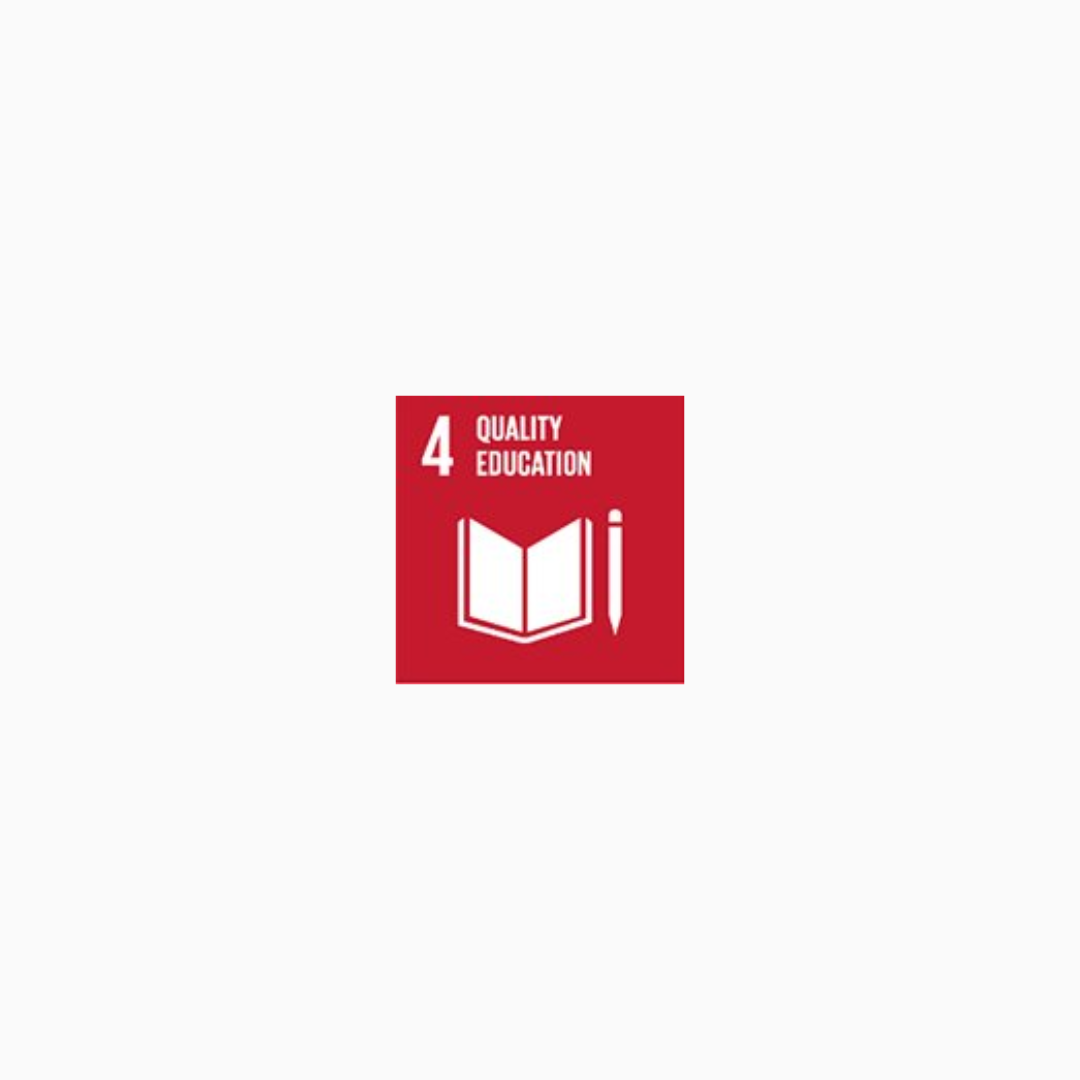
Goal 5: Achieve gender equality and empower all women and girls
The Indicators for this goal are not influenced by the criteria from this scheme.
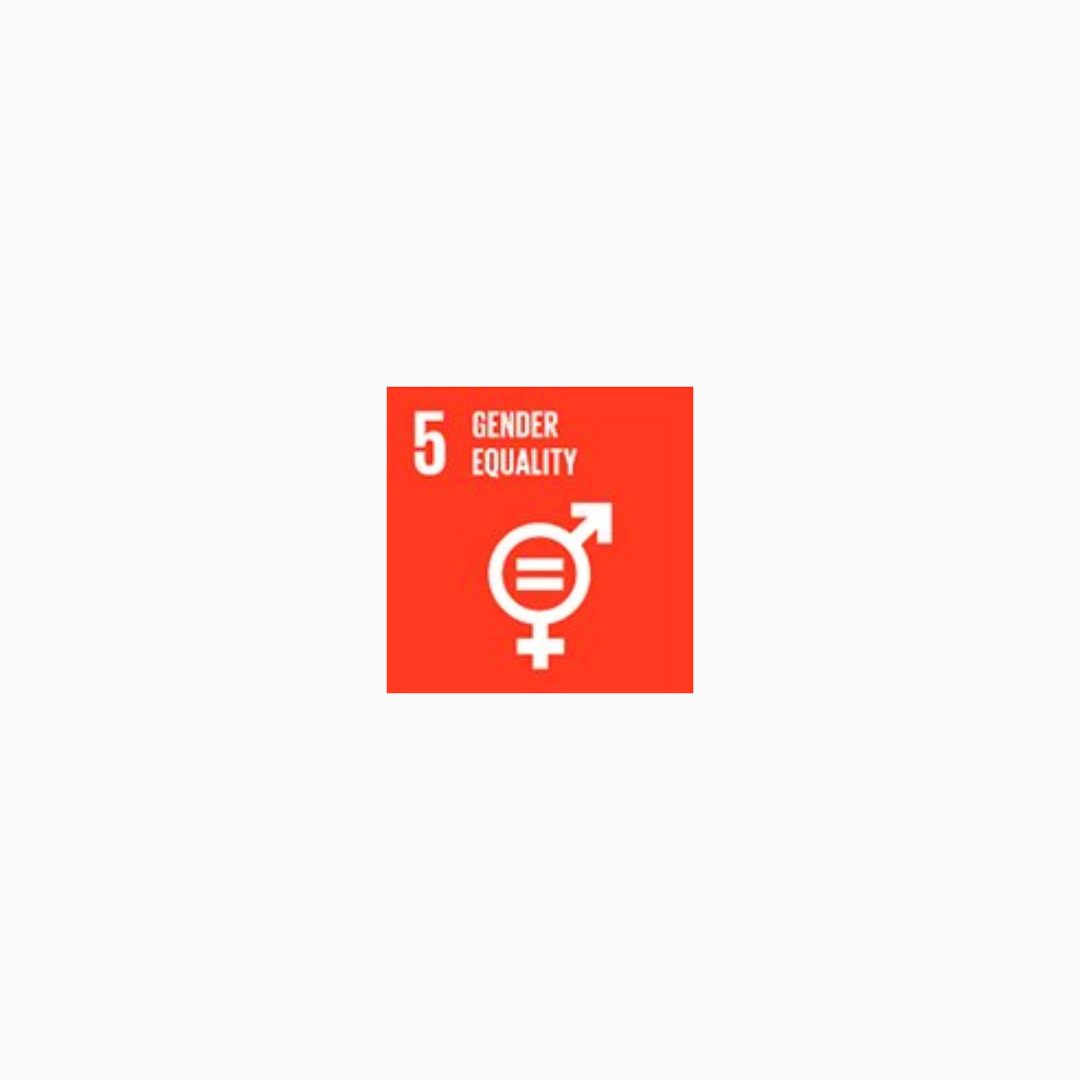
Goal 6: Ensure availability and sustainable management of water and sanitation for all BREEAM Infrastructure ensures the provision of water services and water management where applicable, during construction and operation.
Target 6.2 By 2030, achieve access to adequate and equitable sanitation and hygiene for all and end open defecation, paying special attention to the needs of women and girls and those in vulnerable situations.
BREEAM Infrastructure ensures the provision of water services and water management where applicable, during construction and operation.
Target 6.3 By 2030, improve water quality by reducing pollution, eliminating dumping and minimizing release of hazardous chemicals and materials, halving the proportion of untreated wastewater and substantially increasing recycling and safe reuse globally.
BREEAM Infrastructure encourages the use of greywater to limit waste.
Target 6.4 By 2030, substantially increase water-use efficiency across all sectors and ensure sustainable withdrawals and supply of freshwater to address water scarcity and substantially reduce the number of people suffering from water scarcity.
The water related issues within BREEAM Infrastructure work towards improving water-use efficiency of each project.
Target 6.5 By 2030, implement integrated water resources management at all levels, including through transboundary cooperation as appropriate.
The water issues within BREEAM Infrastructure aim for better resource management with regards to water use.
Target 6.6 By 2020, protect and restore water-related ecosystems, including mountains, forests, wetlands, rivers, aquifers and lakes.
Control measures within BREEAM Infrastructure help to mitigate the pollution of surrounding watercourses.
Target 6.a By 2030, expand international cooperation and capacity-building support to developing countries in water- and sanitation-related activities and programmes, including water harvesting, desalination, water efficiency, wastewater treatment, recycling and reuse technologies.
BREEAM Infrastructure ensures the provision of water efficient measures.
Target 6.b Support and strengthen the participation of local communities in improving water and sanitation management.
BREEAM Infrastructure ensures the provision of water efficient measures in developments, with continued consultation with community members.
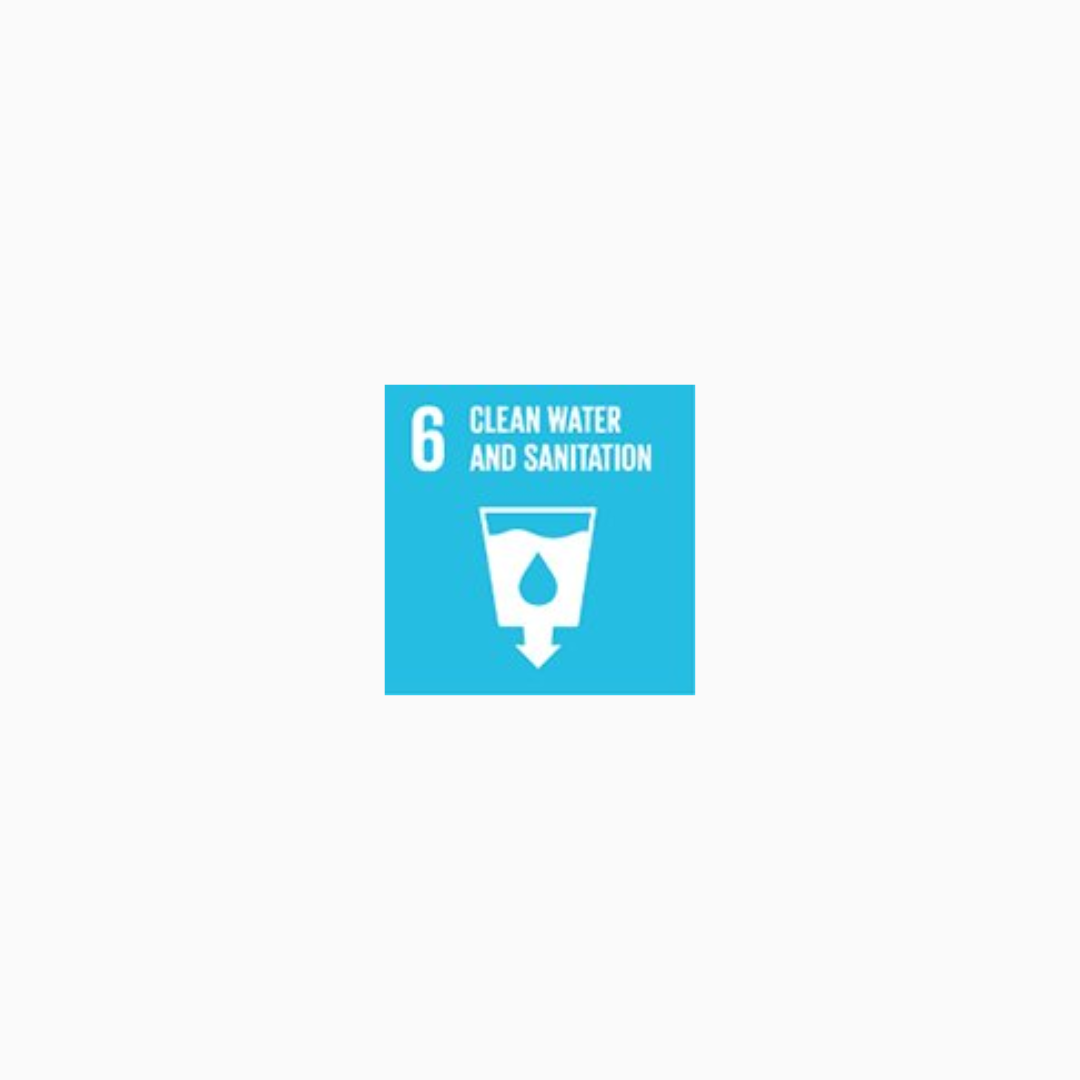
Goal 7: Ensure access to affordable, reliable, sustainable and modern energy for all
Target 7.1 By 2030, ensure universal access to affordable, reliable and modern energy services
Energy issues within BREEAM Infrastructure promote the implementation of efficient energy systems and energy consumption reductions.
Target 7.2 By 2030, increase substantially the share of renewable energy in the global energy mix.
Specific Energy issues within BREEAM Infrastructure promote the implementation of low and zero carbon technologies and efficient energy systems.
Target 7.3 By 2030, double the global rate of improvement in energy efficiency.
Energy issues within BREEAM Infrastructure promote the implementation of efficient energy systems and energy consumption reductions.
Target 7.a By 2030, enhance international cooperation to facilitate access to clean energy research and technology, including renewable energy, energy efficiency and advanced and cleaner fossil-fuel technology, and promote investment in energy infrastructure and clean energy technology.
Energy issues within BREEAM Infrastructure promote the implementation of Low to zero carbon technologies and efficient energy systems.
Target 7.b By 2030, expand infrastructure and upgrade technology for supplying modern and sustainable energy services for all in developing countries, in particular least developed countries, small island developing States, and land-locked developing countries, in accordance with their respective programmes of support.
Energy issues within BREEAM Infrastructure promote the implementation of efficient energy systems and energy consumption reductions.
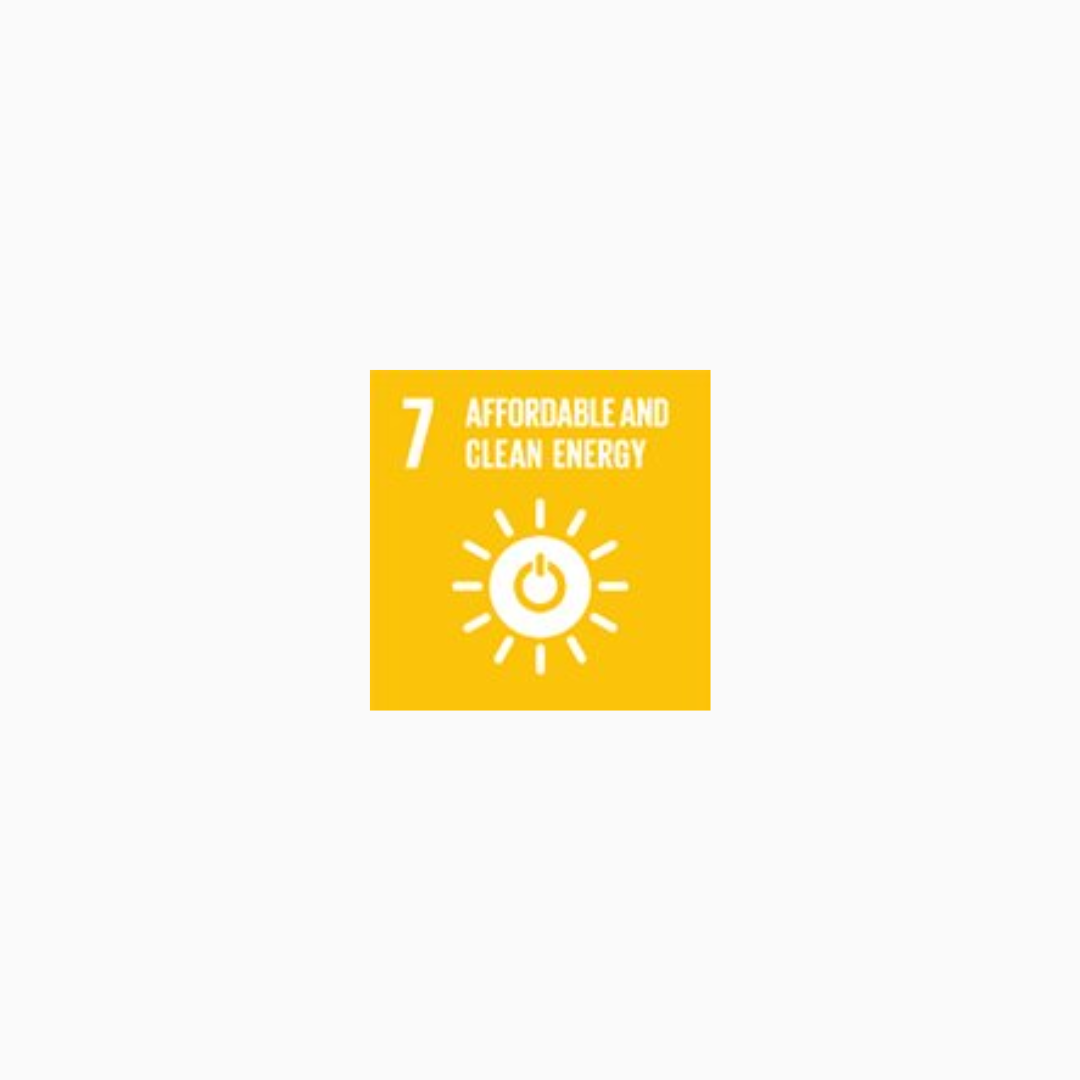
Goal 8: Promote sustained, inclusive and sustainable economic growth, full and productive employment and decent work for all
Target 8.3 Promote development-oriented policies that support productive activities, decent job creation, entrepreneurship, creativity and innovation, and encourage the formalization and growth of micro-, small- and medium-sized enterprises, including through access to financial services.
BREEAM Infrastructure contains issues that work to provide benefits outside the project to wider society.
Target 8.4 Improve progressively, through 2030, global resource efficiency in consumption and production and endeavour to decouple economic growth from environmental degradation, in accordance with the 10-year framework of programmes on sustainable consumption and production, with developed countries taking the lead.
BREEAM Infrastructure helps to reduce the built environment’s footprint with regards to raw materials.
Target 8.7 Take immediate and effective measures to eradicate forced labour, end modern slavery and human trafficking and secure the prohibition and elimination of the worst forms of child labour, including recruitment and use of child soldiers, and by 2025 end child labour in all its forms.
Ethical labour plans and policies are a key part to issues within CEEQUAL.
Target 8.8 Protect labour rights and promote safe and secure working environments for all workers, including migrant workers, in particular women migrants, and those in precarious employment.
Monitoring Health and safety during construction falls under the ethical labour plans and policy issues within BREEAM Infrastructure.
Target 8.10 Strengthen the capacity of domestic financial institutions to encourage and expand access to banking, insurance and financial services for all.
Not applicable to BREEAM Infrastructure.
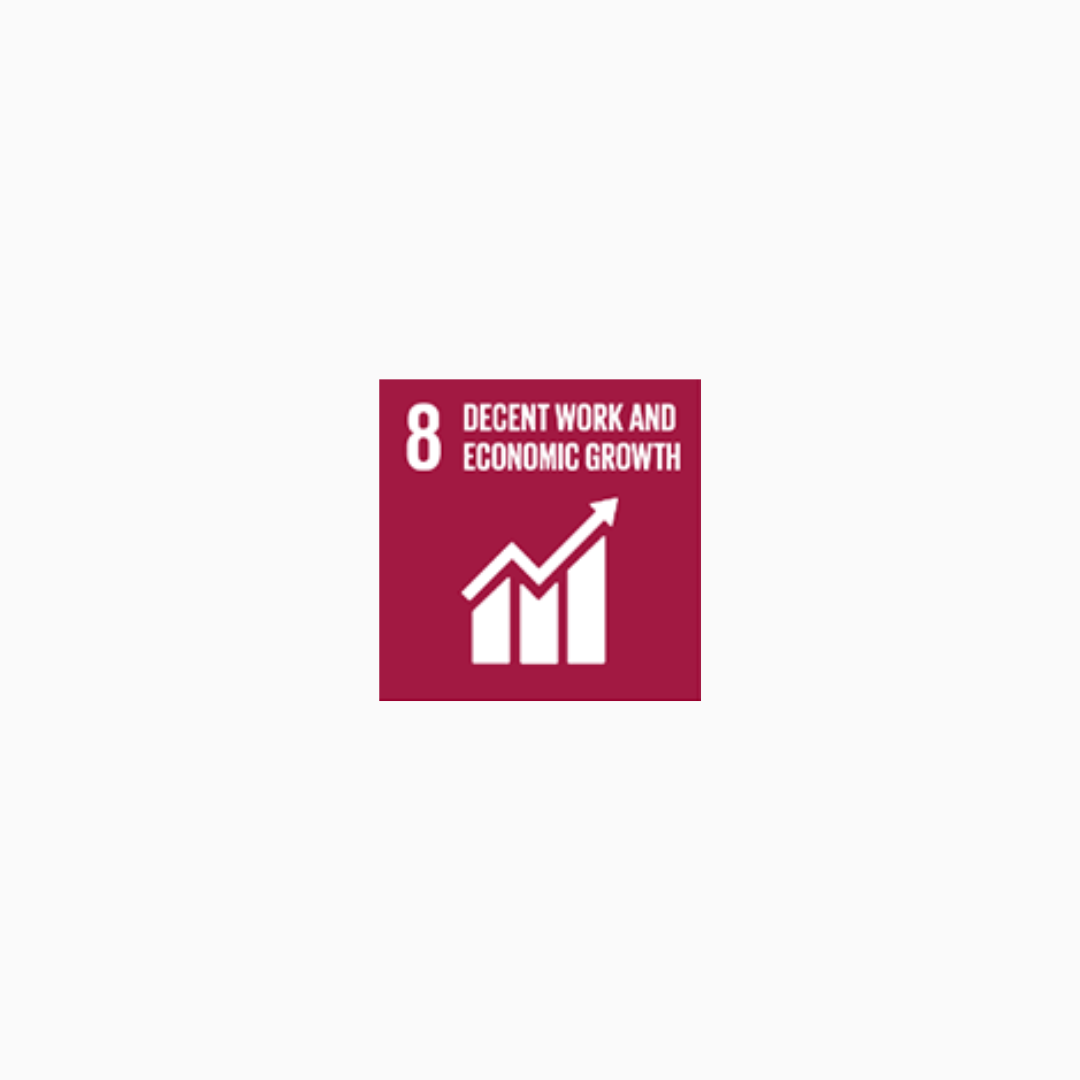
Goal 9: Build resilient infrastructure, promote inclusive and sustainable industrialization and foster innovation
Target 9.1 Develop quality, reliable, sustainable and resilient infrastructure, including regional and transborder infrastructure, to support economic development and human well-being, with a focus on affordable and equitable access for all.
Transport sections of BREEAM Infrastructure promote improvement of the transport network and services.
Target 9.4 By 2030, upgrade infrastructure and retrofit industries to make them sustainable, with increased resource-use efficiency and greater adoption of clean and environmentally sound technologies and industrial processes, with all countries taking action in accordance with their respective capabilities.
BREEAM Infrastructure promotes the reduction in CO2 equivalent emissions through sustainable construction practices and increased energy efficiency.
Target 9.5 Enhance scientific research, upgrade the technological capabilities of industrial sectors in all countries, in particular developing countries, including, by 2030, encouraging innovation and substantially increasing the number of research and development workers per 1 million people and public and private research and development spending.
BREEAM Infrastructure encourages innovation through the awarding of extra, innovation credits where applicable.
Target 9.a Facilitate sustainable and resilient infrastructure development in developing countries through enhanced financial, technological and technical support to African countries, least developed countries, landlocked developing countries and small island developing States.
BREEAM Infrastructure can help to drive the facilitation of sustainable and resilient infrastructure development. This includes all areas within the scheme, as BREEAM Infrastructure is about sustainable and resilient infrastructure, with a select few below.
